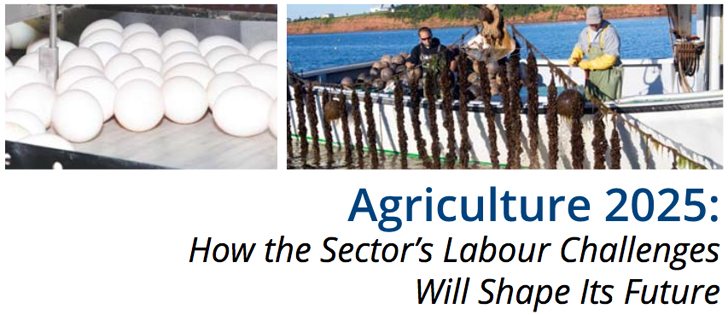The labour shortage in beef production could reach 12,000 workers by 2025, says a new report on Canada’s agricultural labour market.
This morning the Canadian Agricultural Human Resource Council (CAHRC) released a research paper titled, Agriculture 2025: How the Sector’s Labour Challenges Will Shape its Future (PDF format).
CAHRC based the report on a survey of more than 1,000 employers in agriculture, meetings with industry leaders, webinars and six focus groups with ag sector representatives.
Read Also

Fuel rebate rule change will affect taxes and AgriStability
The federal government recently announced updates to the fuel rebates that farmers have been receiving since 2019-20.
The council said Canada’s ag industry had a shortfall of 59,000 employees in 2014 and the shortage could grow to 114,000 workers by 2025.
Of all the commodities within agriculture, western Canadian products may be most affected.
“Grain and oilseed and beef producers will experience the largest increases in their labour gaps, and account for much of the increase in the labour gap for the sector as a whole,” the report noted.
In its forecast, CAHRC predicted:
• The labour shortage in grain and oilseed production was about 5,000 workers in 2014. That may expand to 17,000 employees in 2025.
• In 2014 the labour shortage in beef production was around 3,000 employees. That may grow to 12,000 by 2025.
Debra Hauer, CAHRC project manager, said exports of Canadian beef, grains and oilseeds are expected to climb over the next decade, but productivity gains likely won’t keep up with demand.
CAHRC consulted with industry organizations, like the Canadian Cattlemen’s Association, to get a sense of production increases between now and 2025.
“Then what we did is looked at productivity enhancements, which would be the increase in technology and increase in consolidation of farms,” she said.
“Those sorts of things … then serve to decrease the need for labour.”
Using those forecasts, CAHRC calculated how much more labour would be needed in grain and beef production.
“Strong demand for food products in emerging markets will drive above-average production for the export market,” the report said. “At the same time, the sector’s productivity, which is the amount each worker can produce, will slow modestly compared to what occurred in the previous decade.”
If beef production does expand in Canada, cattle ranchers could struggle to retain and recruit workers because thousands of employees in the industry may soon retire.
“By 2025, just under one-third of the segment’s current domestic workforce is expected to retire,” the report said. “In combination with weak inflows of new workers, this will result in beef producers experiencing the largest decline in their labour supply within agriculture over the forecast period, with supply in 2025 expected to be 17 percent below where it stood in 2014.”
Similarly, the labour supply for grain and oilseed producers is expected to drop by nearly 15 percent over the next decade.
“While a strong production outlook is expected to support above-average growth in the demand for labour, the industry will also have one of the highest retirement rates within agriculture,” the report noted. “Limited access to the various streams of the Temporary Foreign Worker Program will impede the ability of grain and oilseed producers to fill the labour gap and hamper the industry’s ability to grow.”
Next month, CAHRC plans to release detailed labour reports for particular agricultural commodities.
A grains and oilseeds report is scheduled for Dec. 6, followed by a paper on the red meat sector.
Contact robert.arnason@producer.com
















